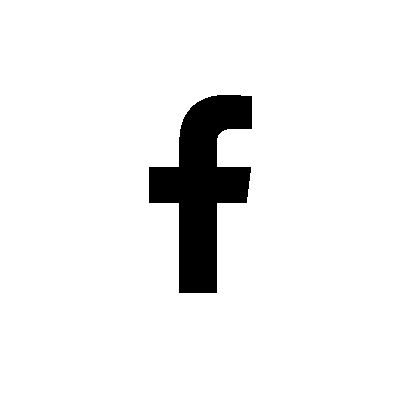Flaman Rentals Blog
RSS feed
Categories
Recent activity
- What's it like being a Flaman Rental Dealer?
- A Brief History of the Newest Flaman Store in Swift Current
- Disney's NEW Leadership Excellence Training Course
- Disney's Approach To Quality Service
- Disney's Approach To Quality Service
- Trailering 'Rules of the Road' Updated
- 10th Annual Frank J. Flaman Foundation Gala 2016
- Why Frank Cares
Authors
Archive
Operation of a Air Screen Grain Cleaner
Posted by Roy Ritchie Jan 27, 2012
Operation of an Air and Screen
As the name implies, air screen machines use a combination of suction air that is drawn through the curtain of grain as it falls from the hopper onto a series of screens. The screens then size the product by width of the kernel, and a final air suction process is used.
With an air screen, the grain is fed onto the screens by either a vibrating feed system or by using a metered feed roll. In either case a feed gate controls the flow and an even flow is given to the machine. Making sure there is an even flow is critical to the quality of the job to be done.
As the grain falls from the feed system onto the screens, there is a process by which air is drawn through the curtain of grain. By doing so, light grain, chaff and dirt are drawn off the product before the grain touches the screens. The air mixed with dirt etc. is drawn into an expansion chamber where the chaff etc. separate and the heavy material is augured out. This process is the first thing that happens and it is also the last process as the grain leaves the machine. Increasing or decreasing the air volume allows the operator to decide how much product he wishes to remove.
Screens size the kernels by width. A system of screens removes any product that is wider than the kernel chosen [scalping], or narrower than the product chosen [sifting]. Screens are generally measured in 64ths of an inch, For example a 5.5 round would be a sifting screen for flax and would be 5 and ½ 64ths of an inch in diameter.
There are several types of screens available in perforated steel. Round hole, slotted hole, and triangular hole are the ones generally used for grain cleaning. There are also a variety of wire mesh screens available for special use. The type of grain dictates the type of screen.
We at Flaman have over 100 years of combined experience in screens, over 55 sizes of screen material in stock, and are dedicated to offering our customers top notch service.
This is one man’s point of view…
Posted in Product Information | Tagged with Grain Cleaning and Handling air screen grain cleaner sieve sift scalf | More articles by Roy Ritchie
What is Ergot?
Posted by Roy Ritchie Dec 12, 2011
Ergot is a type of fungus that grows on many grasses, rye, wheat, barley, and triticale.It infects the floret of the grass or cereal and mimics the process of pollinated grain growing on the plant. On ergot infected plants, a spore destroys the ovary, and then connects to the plant by attaching itself to the plant’s seed nutrition system. An infected floret can also infect other florets by insect dispersal of the asexual spores. That means that an insect can carry millions of the spores to other plants in the region. When mature ergot drops to the ground the fungus remains dormant until proper conditions trigger its fruiting phase, germinate and re-infest an area.
Ergot is toxic. Infestations in the grain can cause spontaneous abortions in people and animals, as well as some very unpleasant symptoms. It can cause irrational behavior, seizures, convulsions, unconsciousness, even death. This explains why there is almost zero tolerance for ergot in grain for sale. Much of the grain should not even be fed to animals. Point zero one [.01%] percent is all that is allowed for a #1 specification.
Ergot has infected a wide area in Saskatchewan and Alberta over the last few years. Some places have had the infestation 3 or more years in a row with various areas having ergot at 0.7% and higher. It is getting worse. My personal belief is that it is here to stay. Some years will be better than others but it will always be a market factor. Plant scientists don’t even have a straight answer to this problem. There is a wide difference of opinion. Maybe a prolonged dry spell will reduce the amount but as soon as it rains at the right time again we are back to ergot woes.
This is only one man’s opinion…
Next installment, how do we proceed? Colour Sorters vs. Gravity Tables.
Posted in Product Information | Tagged with Grain Cleaning and Handling Colour Sorter Ergot | More articles by Roy Ritchie

 Locations
Locations



